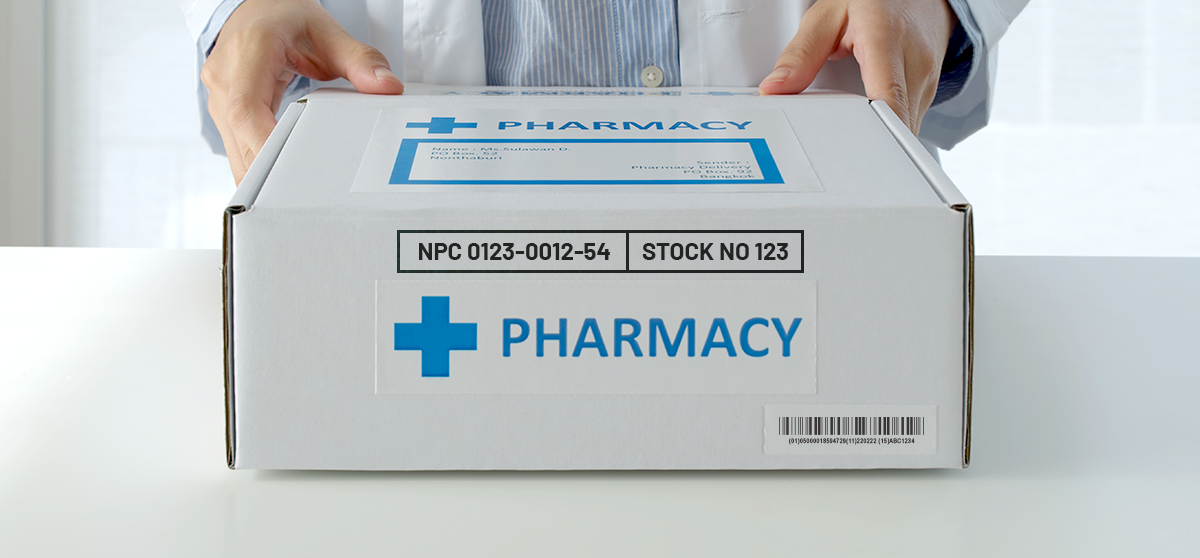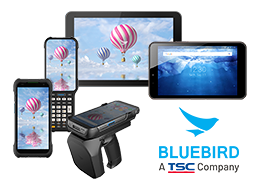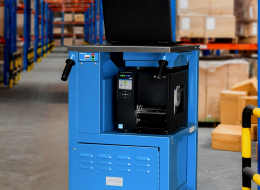A Primer on RAIN RFID Numbering Systems for Pharmaceutical Products

In our last blog on RAIN RFID numbering systems for pharmaceutical products, we looked at the various issues that need to be considered by those attempting to devise a numbering system. In today’s blog, we will cover:
- The numbering systems that are currently being used
- Some of the pros and cons of these numbering systems
It’s our goal to provide basic information to help you understand these numbering systems, as well as the pros and cons of each one. Continue reading below for our primer on pharmaceutical industry RAIN RFID numbering systems.
Current Pharma Product Numbering Systems
In a technical sense, there are three well-defined numbering systems in use today for pharmaceutical products:
- GS1’s SGTIN schemata (both SGTIN-96 and SGTIN-198)
- The RAIN Application Family Identifier (AFI)
- DoseID’s schema
The GS1 schemata basically store manufacturer and product information (including packaging level) plus a unique serial number in tags’ EPC memory (MB01). Additionally, item-critical product attributes, such as Batch/Lot Number and Expiration Date, are stored in user memory (MB11) using GS1’s “packed objects” encoding.
The RAIN AFI approach assigns a unique company identification number plus reference keys that allow database look-ups to the drug’s National Drug Code (NDC), Batch/Lot Number and Expiration Date, plus a unique serial number for that specific product — all in MB01. Because the general RAIN AFI standard allows essentially anything to be encoded following the company identification number, a specific schema for pharma products has been created by pharmaceutical products distributor AmerisourceBergen.
Our team does not have the encoding specifics of DoseID’s schema, but it is essentially a unique serial number (“license plate”) that allows look-ups on DoseID’s database. From this database, product and attribute information can be obtained.
Remember too that there are entities out there that are devising their own proprietary, “rogue” encoding schemata. This is not recommended as it can cause issues such as Tag Clutter.
Pros and Cons of Each Numbering System
You might be asking yourself why these different numbering systems exist. Why not just use one of them and be done with it? The answer to this lies in the fact that none of these existing schemata is ideal. Each one has its pros and cons.
The GS1 approach, for example, is good because it comes from a well-established standards organization. It uses an existing, established numbering system (SGTIN) and GS1 standards are already in widespread use in the pharma industry. On the negative side, the SGTIN encoding schemata do not allow for quick, efficient filtering for tags of interest when a multi-faceted search is involved. Let’s say I want to find all instances of Drug X with Batch/Lot Number Y. Using existing air-protocol standards, this would require two separate “read” commands, which may not be fast enough with thousands of tagged items in the read-zone.
AmerisourceBergen’s RAIN AFI approach allows for efficient reading and filtering of tags, but the schema forces users to perform database look-ups on what are essentially CSV files controlled and administered by only one player in the Pharma world: AmerisourceBergen. The schema devised by AmerisourceBergen is also not well-established nor based on existing open standards generated by any kind of widely recognized standards body.
DoseID’s license plate approach also affords fast, efficient reading and filtering of tags which is good. But in order to obtain any product information, a database look-up on their “Centralized Data Repository” is required. Who controls the data? Who controls access rights to the data and at what cost? Should potentially patient-critical data be owned by essentially a private entity? And although existing product codes, such as NDCs and GS1 GTINs, can be associated with DoseID’s product number in their database, the approach adds yet another product number into the fray.
RFID Awareness
We’ll continue to present information on this topic and others related to RFID to help you understand the complexities and where to start, which you can follow on our blog. In the next pharmaceutical industry blog, we’ll look at the various issues arising from the different RAIN RFID numbering systems and from proprietary, non-standards-based numbering systems in use.
For additional information about RFID, you can also visit our website.








































